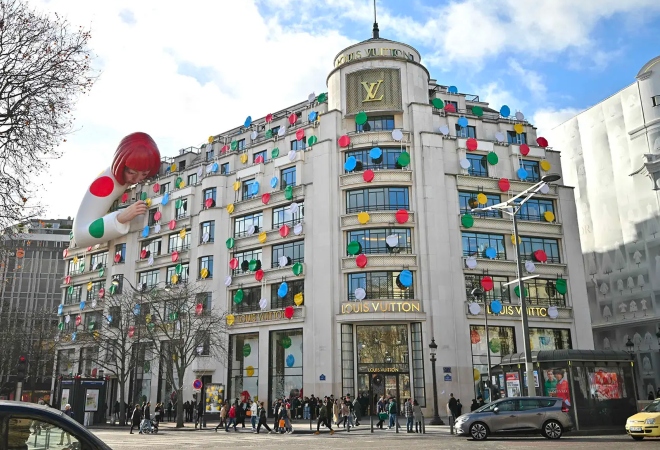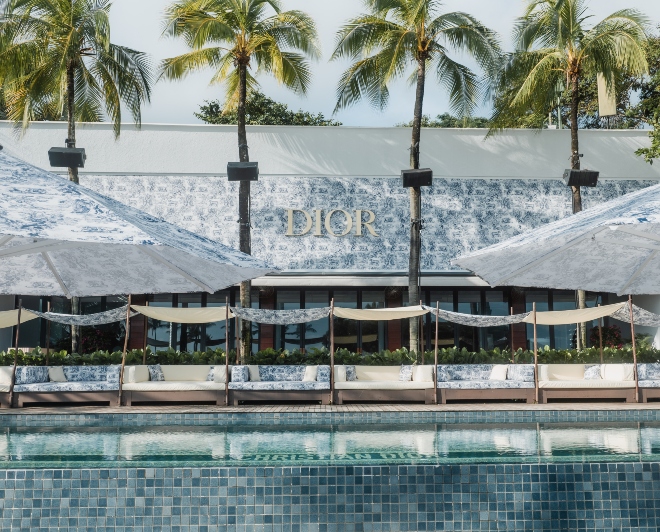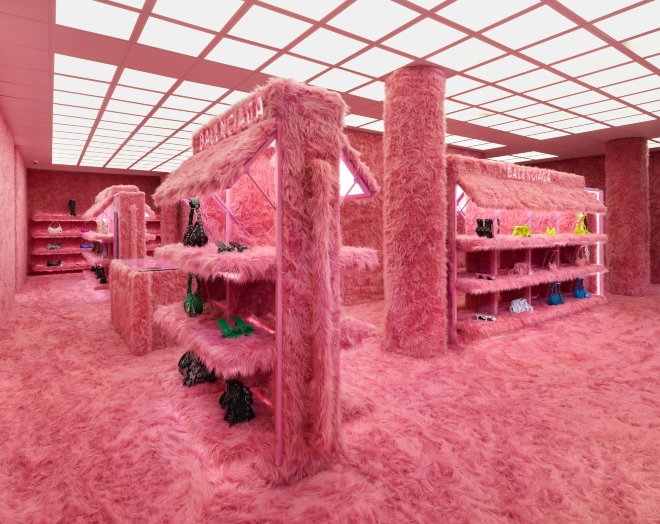Unleashing Retail Bliss: The Serenity of Retail Therapy - 3 minutes read
The Evolution of Retail in the Digital Age
Is Retail Dead? The brink of the Covid-19 pandemic and the subsequent stay-at-home orders in 2020 brought a momentary pause to physical retail shops. The world swiftly shifted to the digital realm, giving rise to online “e-tailers.” This shift in shopping habits led to the boom of door-to-door e-commerce services such as Net-a-Porter, Amazon, and Asos.
According to The Guardian, 8,700 chain stores were closed in 2021. Even the British retailing giant, Arcadia Group, known as the king of the high street, was not spared. It was forced into administration, resulting in the closure of high street chains like Topshop, Burton, Dorothy Perkins, Miss Selfridge, and Wallis. However, the retail landscape witnessed a transformation during the mid-2022’s return to normalcy.

Adapting to the Changing Landscape
With customers finding comfort in home orders and deliveries, brands and stores had to adapt their strategies to regain footfall. Clothing stores evolved beyond their traditional offerings, becoming holistic destinations that provided customers with sensorial experiences. Customers could now explore skincare products, fragrances, enjoy cafes within the stores, and witness captivating in-house installations.
This shift is best exemplified by the latest brand strategies of Louis Vuitton and Dior. Louis Vuitton collaborated with Yayoi Kusama, creating a unique and immersive experience, while Dior introduced Dioriviera pop-up and concept stores, adding an extra layer of excitement for their customers.

The Importance of Human Connection
During the pandemic, one of the things most people missed was the social gatherings and human interactions associated with shopping. Shopping has now become an experience, an event in itself. Take, for example, the Jacquemus Autumn/Winter 2022 show, which took place amidst mountains of salt, transforming from an insular affair to a social experience. This shift highlights the significance of creating connections and fostering a sense of community within the retail space.
Retail Therapy: Escaping into Luxury Fashion
Luxury fashion, at its core, aims to transport individuals into a realm of fantasy, delivering an artistic message crafted by the brand’s creative director. It offers a narrative that takes people on an otherworldly journey. The allure lies in the ability to escape the mundane and immerse oneself in a world of beauty, craftsmanship, and creativity.

The Art of Cultivating Desire
An effective marketing campaign or design harnesses the power of desire in consumers. There is an art to creating a longing for something one didn’t even know they needed. This is where the luxury fashion industry excels. It bridges the gap between necessity and yearning. We might not be aware of our desire for the latest Dior Saddle Bag until we see it displayed on the shelves, enticing us with its elegance and allure.


The Paradox of Choice: Overcoming Customer Fatigue
In a world saturated with limitless options, customers can often feel overwhelmed and fatigued. Does having more choices truly lead to greater satisfaction? The paradox of choice suggests otherwise. When faced with an abundance of options, decision-making becomes arduous, and customers may end up feeling unsatisfied. It’s a case of “more is less,” as the increased availability can hinder the ability to make a well-informed choice.
In conclusion, the retail landscape has undergone a significant transformation in recent years. From the digital boom to the resurgence of physical stores, the industry has adapted to meet the changing needs and preferences of customers. Retail has evolved into a holistic experience, offering not just products but also connections, escapism, and a sense of luxury. By understanding the art of desire and overcoming the paradox of choice, retailers can continue to thrive in an ever-evolving market.